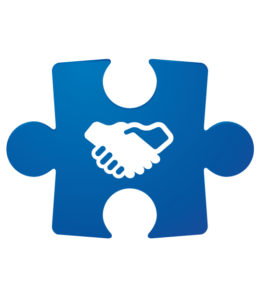 DISC
DISC
Our most popular assessment and the world’s #1 behavioral profiling tool. DISC provides a highly-detailed analysis of each individual’s Natural (i.e. personal/ internal) and Adaptive (i.e. workplace/external) behavioral styles.
An individual’s behavior is often the strongest indicator of fit; whether that be within a particular job, as the member of a team or as the leader of an organization. In essence, DISC predicts “How?” a person will behave within a given role or situation. Likewise, it offers the prescriptive lessons necessary to maximize the outcome of any interpersonal or workplace communication.
Find out more

Motivators
The perfect companion assessment to pair with DISC, Motivators measures the Seven Universal Dimensions of Motivation that drive each of us: Aesthetic, Economic, Individualistic, Political, Altruistic, Regulatory and Theoretical.
Whereas DISC predicts “How?” a person will behave, Motivators explains “Why?” If you’re only using DISC, you’re only scratching the surface of what assessments can offer individuals and organizations.
Find out more

Emotional Intelligence
The Emotional Intelligence (EIQ) assessment helps users understand the correlation between the way they apply their current EIQ and the outcome of their interactions with others. This lends itself to improved decision-making, leadership, reading the emotions in others and engaging in a greater number of mutually beneficial workplace outcomes. Here’s the key: EIQ can actually be improved and coached-up over time, so it makes an excellent self-improvement assessment.
Find out more

Learning Styles
Learning Styles, does just as its name implies: it identifies each individual’s best means for learning and retaining new information. Some people like to process information through text, while others need visual support and images.
Some learners best assimilate information alone, while others prefer to learn in groups. There are those who can grasp information intuitively, while others prefer to follow a strong sequential path. Understanding learning styles offers the key to maximizing an organization’s training efficiencies, enlightening its management teams and even assembling top performing teams.


